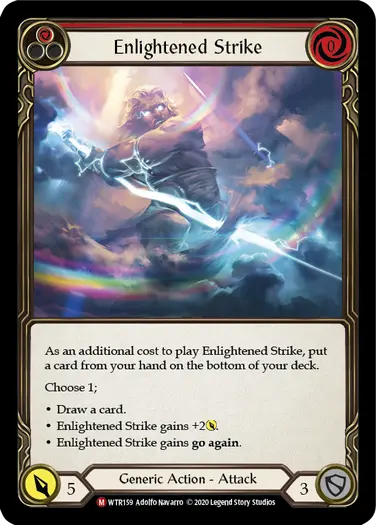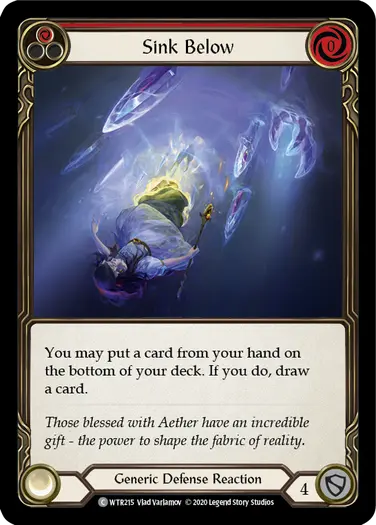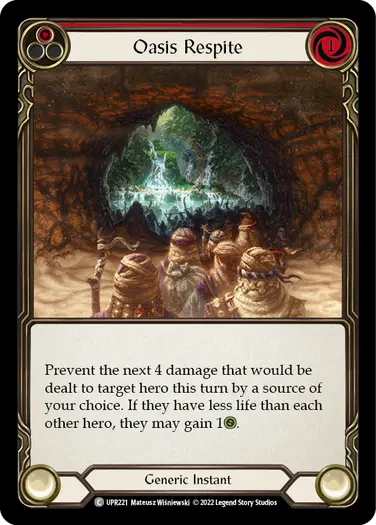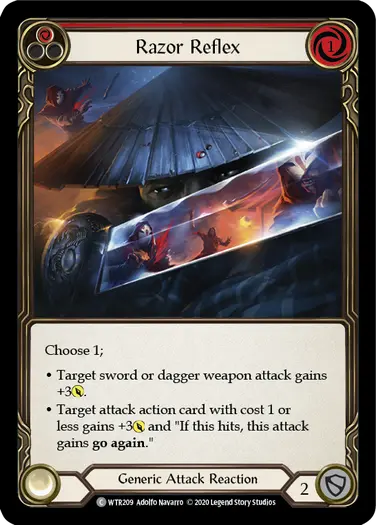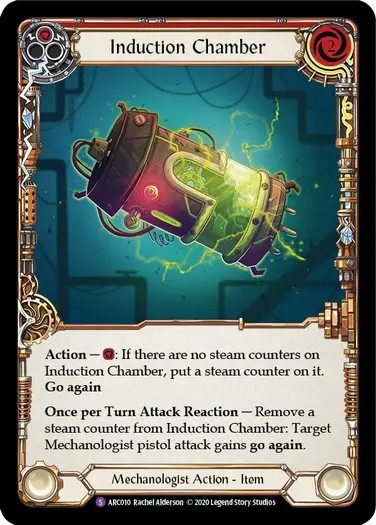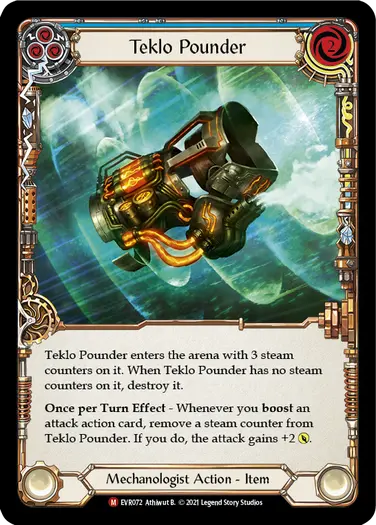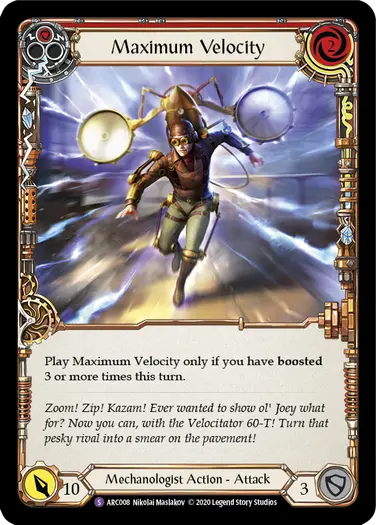Ethan ‘Man Sant’ Van Sant is a Brute die-hard who ironically hates rolling dice. You’ve likely seen his shaggy mane on a live stream before, providing community coverage for a myriad of events.
Road to Nationals is a personal journey for us all as we get to face the best in our local scene, and onwards to the best in our country. It all starts with getting that invite, so with this tune in your head, let’s manifest it with the power of sideboarding!
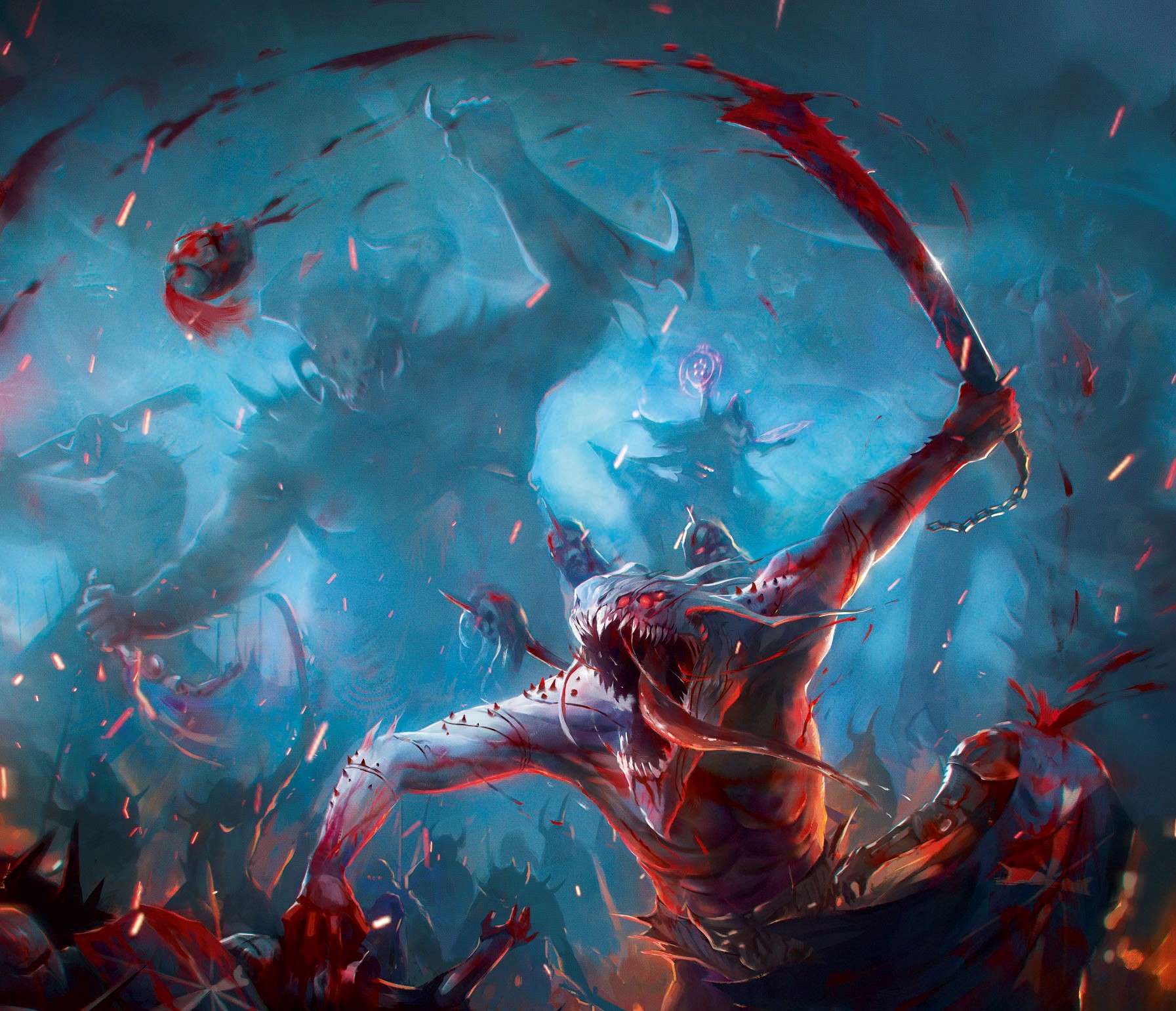
I started playing Flesh and Blood when the first US Road to Nationals season started in 2021, so these events have a special place in my heart. I’ve learnt a lot in my journey to better myself at this game, and I’m happy to impart my perspective on one of the more complex parts of this game.
Sideboarding in Flesh and Blood is a bit of a misnomer. Since Classic Constructed matches are played as a Best of 1, what we’re actually doing is preboarding, which gives us a ton of agency over how we want to fine tune our deck against our opponent’s hero or even the opponent themselves. Right now however I’m not challenging the status quo, and will just call it sideboarding.
There are two schools of thought on how to visualize your deck and sideboard. For example:
- Bell has a 44 card core and adds cards to get to an at least 60 card main deck every game. When she sits down across from an opponent, she adds what cards she needs for the matchup and presents her deck.
- Adam has 72 playable main deck cards and subtracts cards to get to an at least 60 card deck every game. When he sits down across from his opponent, he takes out the cards he doesn’t need for the matchup and presents his deck.
In Bell’s scenario, a lot is assumed of a ‘perfect’ core of the deck that doesn’t get manipulated. Normally, these decisions will come from the creator of the deck as to what can’t be tinkered with. For someone picking up a deck and looking to play some great games of Flesh and Blood, there’s nothing wrong with adhering to the ‘core deck’ mindset of sideboarding. It’s easy to share this info with others and takes a lot of the mental load away from the intense pre-game decisions. You are simply asking “what cards are going to help me win?”. However, if you didn’t win the game, there isn’t much more you can do to help answer that question from the same 80 cards. You just try the plan again.
In Adam’s scenario, he is rationalizing why he doesn’t want to run certain cards in each matchup. This asks the question “what cards aren’t going to help me win?”. To look at sideboarding as a subtractive process is to gain a deeper understanding of the pitfalls of your own deck. If you didn’t win the game, then you actively have more information to inform your sideboarding decisions. If a card didn’t pull its weight last game, you try taking it out.
I find that subtracting cards from your deck also helps shake habits like always adhering to 3-ofs in deck building. If a certain card is amazing, but drawing two of it in the same hand makes you stumble, then try taking one copy out next game. With more control over what you bring into each game, you build trust in your deck building skills and knowledge of your card breakdown. Whether you built your own deck or not, thumbing through your entire list to answer the question “what cards aren’t going to help me win?” is a great mental exercise that I find snaps me to attention before the game even begins.
In Road to Nationals you will be competing against the best of your local players, so knowing your community goes a long way in properly understanding how to sideboard versus specific players in the room. The decisions to sideboard a certain way for each matchup may not line up with how you know someone in your local metagame to play. Following a core plan of “add X, Y, Z versus Dash” can lock you into assuming only certain slots can be manipulated when sideboarding. Instead, next time you face your local Dash, ask yourself what won’t help you beat their specific build. This might seem straightforward, but if you are led down a spiral of rationalization over taking something out that you thought was part of your core, just try it and see what happens! Many sideboarding revelations have come from this exercise.
As you go down the competitive path of Flesh and Blood, I can’t elaborate enough on how important being able to problem solve with 80 cards is. When building your sideboard, the goal should always be to bring a full 80 that you feel best capture the matchups you expect and what your hero can reliably do to beat them. The more knowledge you have of your opponents, the more you can adapt your deck to have an advantage before the game even begins. If you don’t know your opponent, but you know what builds of their hero are popular, then rely on the principles we explored above – ask yourself those questions and it will put you in the best position.

